Optimal Seasons for Gas Appliance Installation
Gas appliance installations are typically performed during periods of moderate weather to ensure safety and convenience. Scheduling during spring or fall can minimize disruptions caused by extreme temperatures. Proper planning can also help avoid peak seasons when service providers may be busier.
Spring and fall are ideal for gas appliance installations due to milder weather conditions, reducing risks associated with extreme heat or cold.
Scheduling during off-peak times can lead to quicker service and potentially lower costs, as demand for installation services is lower.
Avoiding harsh winter or summer conditions ensures safer and more efficient installation processes, with less likelihood of weather-related delays.
Planning ahead allows for proper site preparation and ensures necessary permits and inspections are completed without rush.

Spring offers moderate weather, ideal for safe and efficient installation.
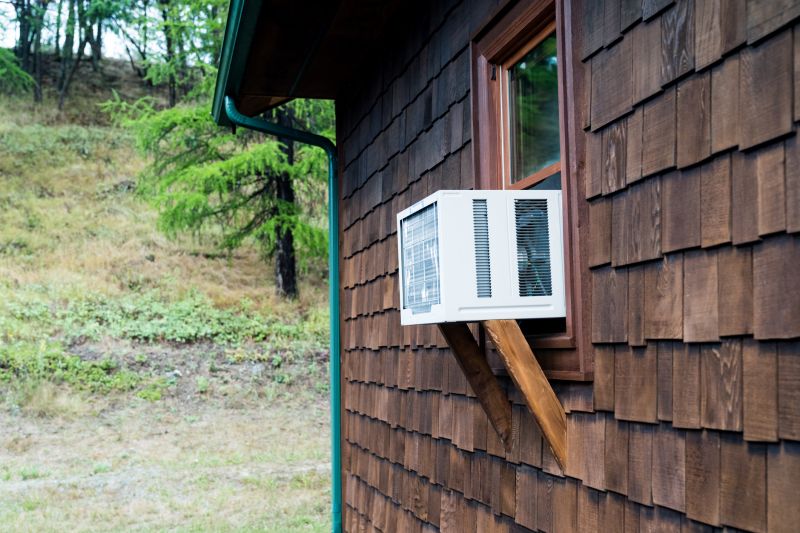
Autumn provides a window of mild weather, reducing installation risks.

Scheduling during less busy periods can streamline the installation process.

Ways to make Gas Appliance Installations work in tight or awkward layouts.
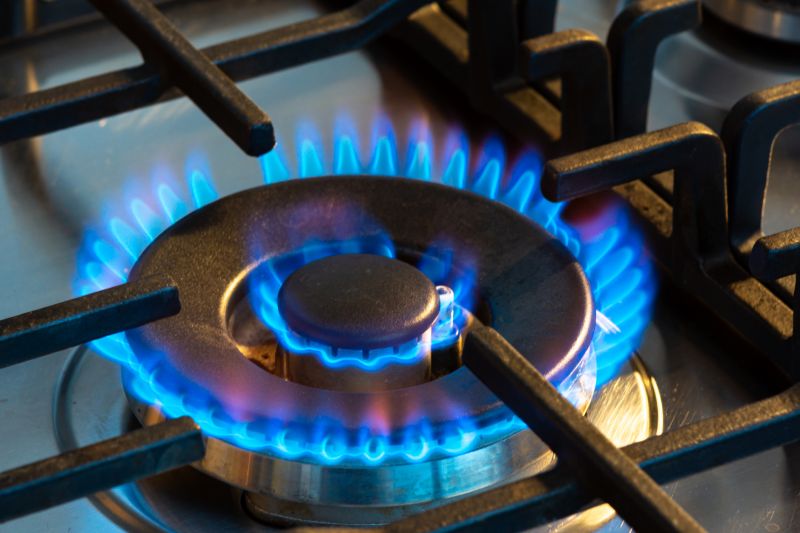
Popular materials for Gas Appliance Installations and why they hold up over time.
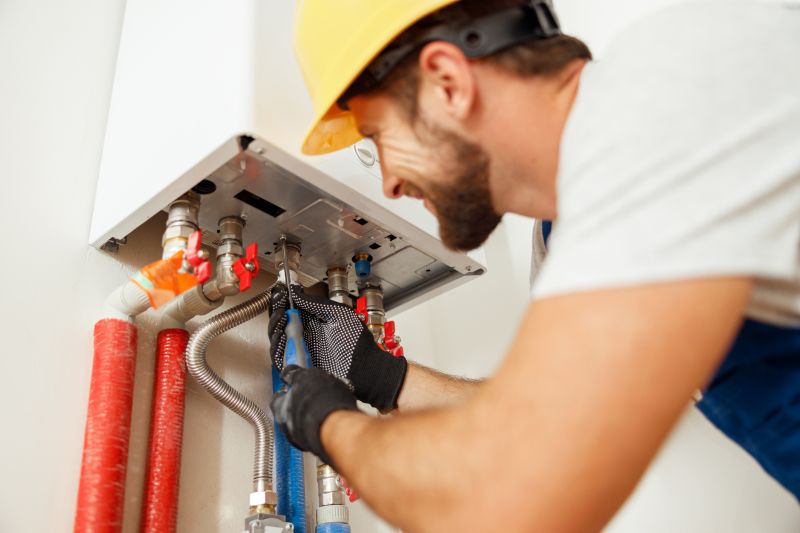
Simple add-ons that improve Gas Appliance Installations without blowing the budget.
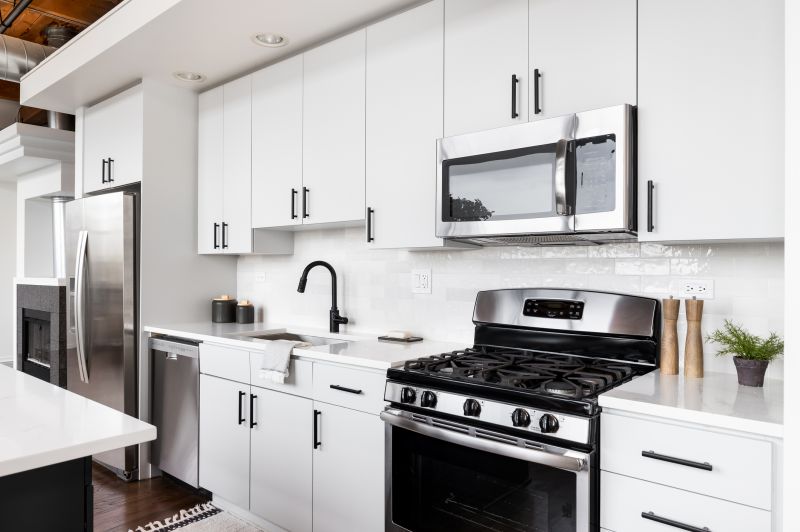
High-end options that actually feel worth it for Gas Appliance Installations.
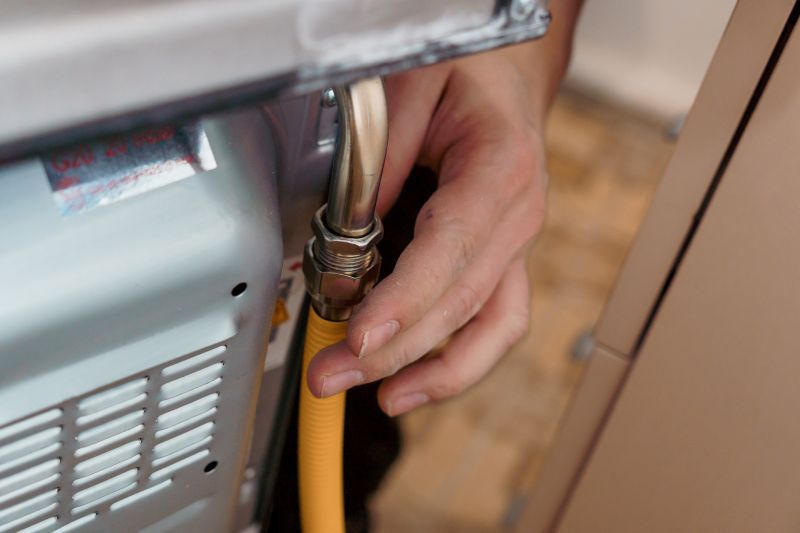
Finishes and colors that play nicely with Gas Appliance Installations.
Gas appliance installations involve connecting appliances such as stoves, water heaters, and furnaces to the gas supply system. Proper installation ensures safety, efficiency, and compliance with local codes. The process includes site assessment, proper venting, and secure connections to prevent leaks and hazards. Accurate installation can improve appliance performance and longevity, while reducing potential safety risks.
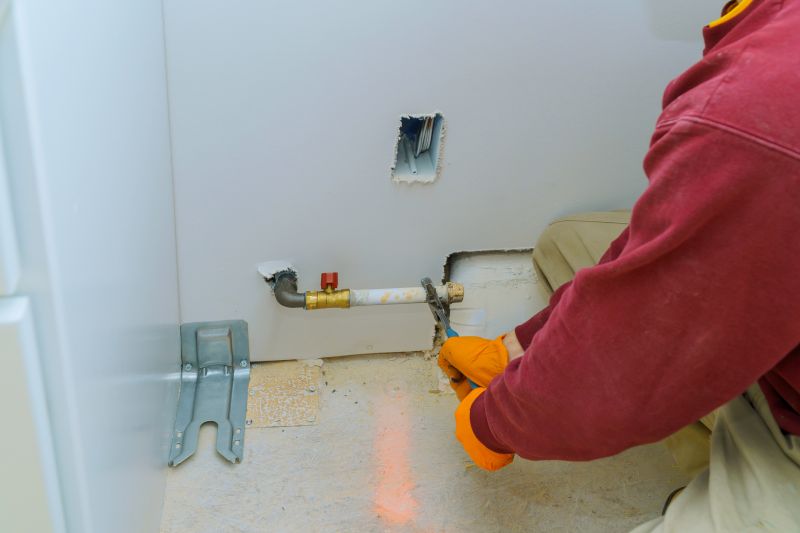
Secure and proper connection to the gas supply is essential for safety.
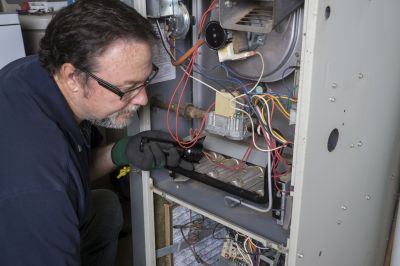
Proper venting prevents dangerous buildup of gases.

Testing ensures that the appliance operates correctly and safely.
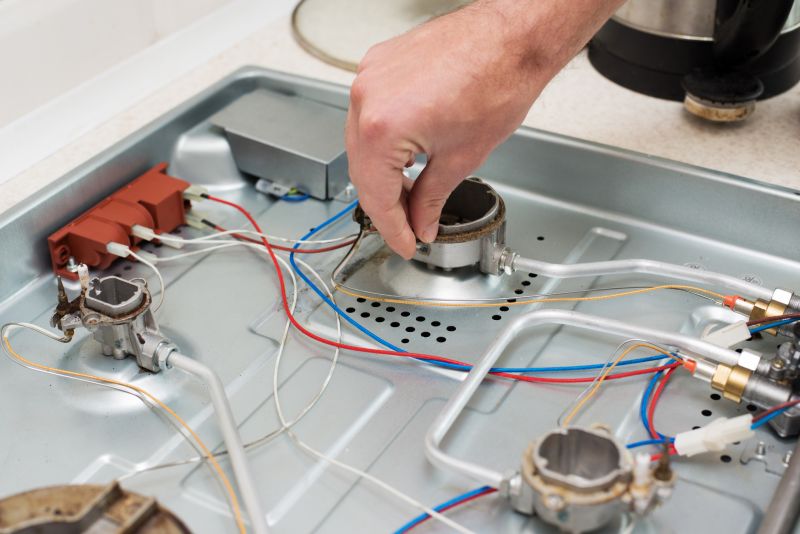
Final inspection confirms compliance with safety standards.
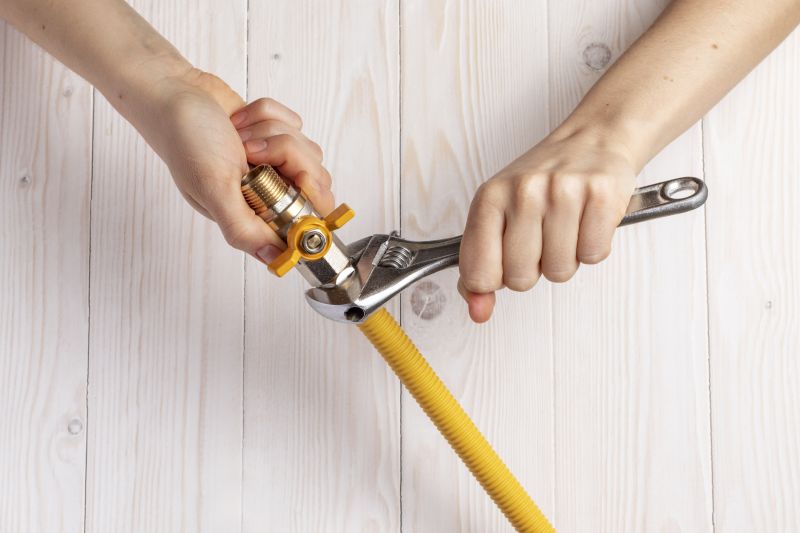
Little measurements that prevent headaches on Gas Appliance Installations day.
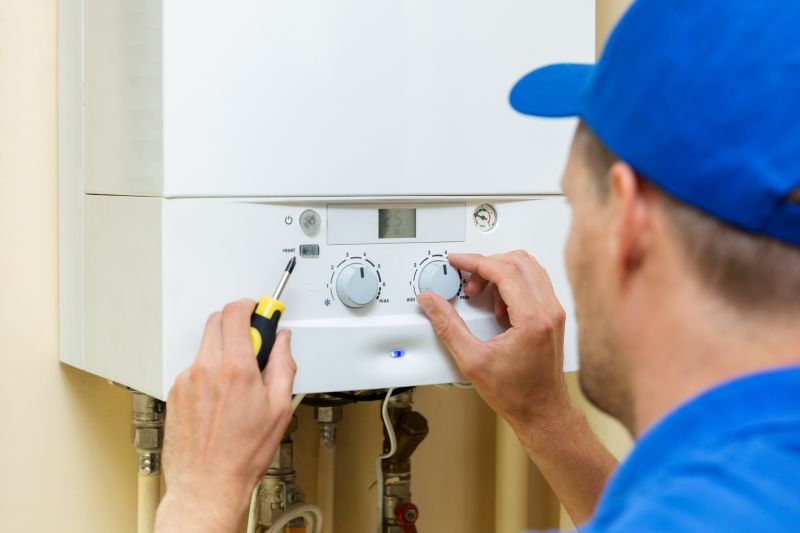
A 60-second routine that keeps Gas Appliance Installations looking new.
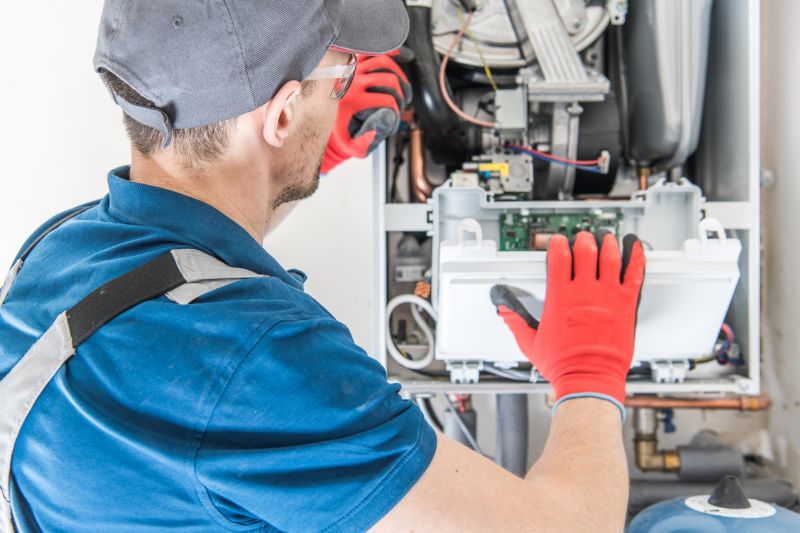
A frequent mistake in Gas Appliance Installations and how to dodge it.
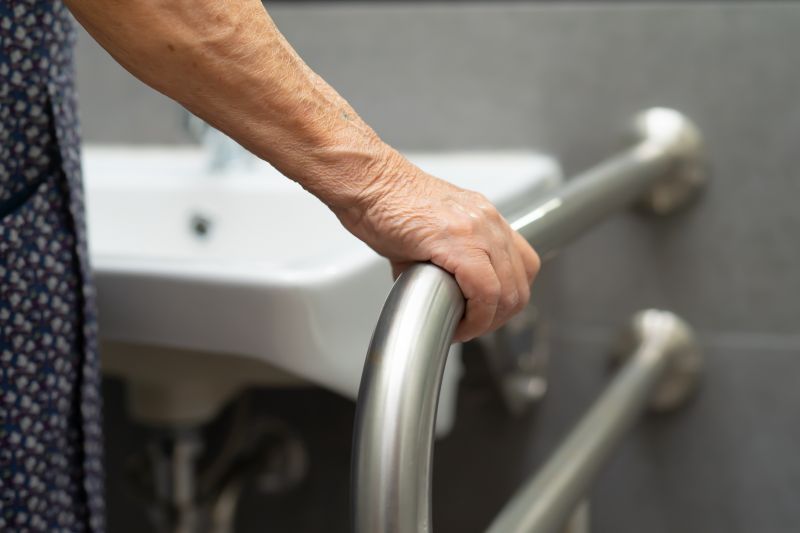
Small tweaks to make Gas Appliance Installations safer and easier to use.
| Aspect | Details |
|---|---|
| Best Seasons | Spring and fall offer optimal weather conditions. |
| Scheduling Benefits | Off-peak times can reduce costs and wait times. |
| Weather Impact | Extreme temperatures can delay or complicate installation. |
| Preparation | Advance planning ensures compliance and safety. |
| Cost Factors | Timing can influence overall expenses. |
| Safety Considerations | Milder weather reduces safety risks during installation. |
| Service Availability | Demand varies seasonally, affecting scheduling. |
